Gemologist Guide to Identifying Rose Quartz
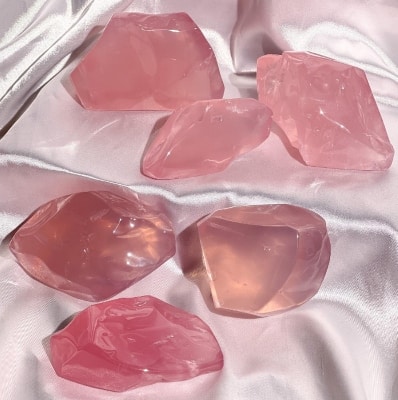
Rose Quartz is very common and you’ll see it at every rock and mineral show you attend. Most of the time, rose quartz has been cut into different shapes and sizes and you can even find carved pieces. The higher quality material is cut into cabochons, beads, and occasionally faceted. Due to it being fairly […]
Gemologist Guide to Identifying Labradorite

Labradorite is incredibly beautiful and often found in basalt, norite, gabbro, anorthosite, and other mafic igneous rocks. Some specimens exhibit a schiller effect which can be seen when you rotate the stone under direct light. This schiller effect is found in Oregon sunstone which is a type of labradorite. will float around the inside of […]
Gemologist Guide to Identifying Hessonite Garnet
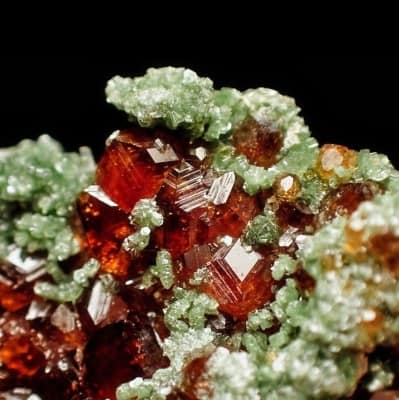
Hessonite garnet is a variety of grossular garnets with colors ranging from golden yellow to brownish-red or brownish-orange and reddish-orange to red. The first Sri Lankan stones discovered were nicknamed “cinnamon stones” because of their brownish-red color. A perfectly colored hessonite stone with be bright orange and have a high clarity rating. Most stones will […]
Gemologist Guide to Identifying Tsavorite Garnet
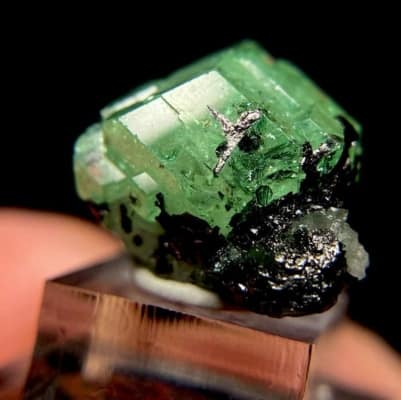
Tsavorite garnets are highly sought after by collectors and gemstone cutters because their beautiful green color and high dispersion make them perfect candidates for high-end jewelry. They’re composed of calcium aluminum silicate and the intense green color is caused by traces of chromium or vanadium. They’re part of the grossular garnet family and the name […]
Gemologist Guide to Identifying Spinel
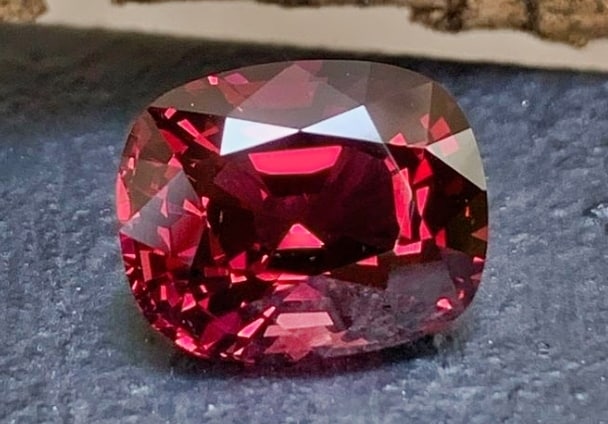
Spinel is a highly sought-after gemstone and can be found in high-end jewelry. Unfortunately, it doesn’t have any commercial use outside of the precious gemstone trade and that is why it’s not well known. It has all of the characteristics to make for an amazing gemstone to be worn by the masses but for some […]
Gemologist Guide to Identifying Jasper
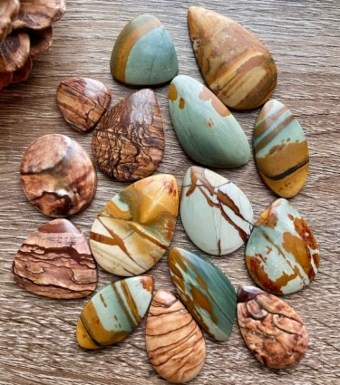
Jasper’s an opaque, fine-grained Chalcedony species comprised of microscopic quartz crystals intermixed with several impurities. It comes in any color and takes on several appearances. One thing you will see with jasper is the naming convention. Most varieties of jasper are named for the location they’re found or it describes exactly what type of jasper […]
Gemologist Guide to Identifying Kyanite
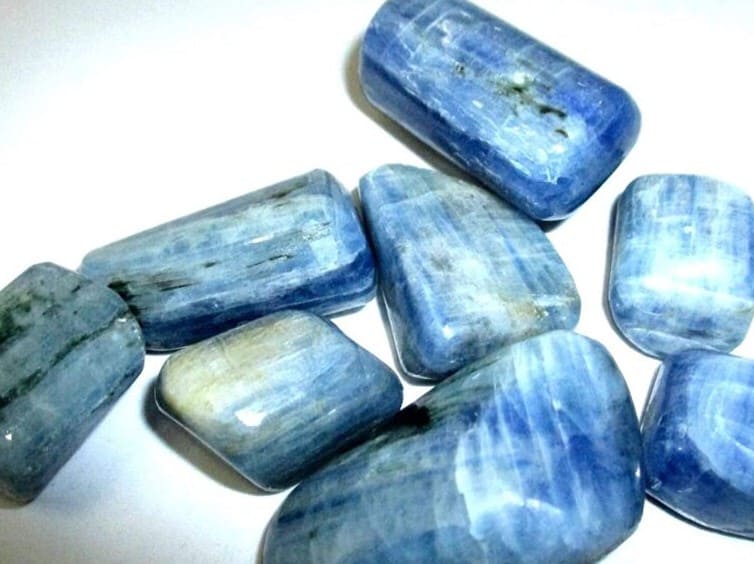
Kyanite is an aluminum silicate mineral that is well-known by rockhounds. What makes this mineral unique is its variable hardness and perfect cleavage. When cut parallel (lengthwise), it has a hardness of 4 to 4.5, but when the same stone is cut perpendicular, its hardness is 6 to 7.5. High-end specimens are sought after by […]
Gemologist Guide to Identifying Agate
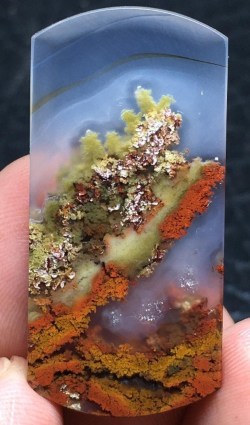
Agate is used to describe the banded form of Chalcedony but the term also covers translucent varieties like Dendritic, Moss, Fire, and Iris Agate. Over the years lapidary artists have used all varieties of agates to carve beads, cameos, decorative objects, and cabochons. Agate crystals are microcrystalline-quartz mineraloids with a lustrous display of bi and […]
List of Yellow Rocks and Minerals
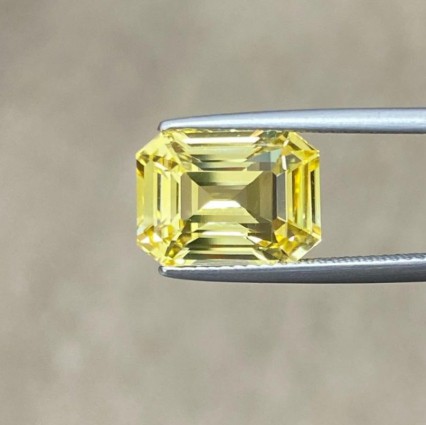
Yellow rocks and minerals have always brought optimism and joy to my collection. Due to the never-ending shades of yellow and various crystal structures, yellow gemstones have become a staple gemstone in my collection. If you’re new to the exciting hobby of rockhounding then you’ll want to educate yourself on yellow minerals because there are […]
List of Star Gemstones
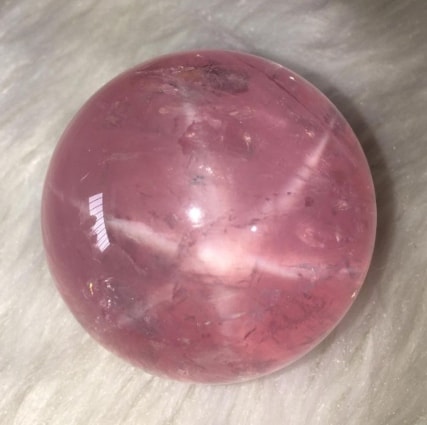
Asterism minerals are fascinating types of gemstones because when polished they display a 6-ray or 4-ray star that moves around inside the stone. If you’re into rockhounding, you’re in for a treat! Learning about the different types of rocks and minerals is a great way to start. You can begin by using my “how to […]
